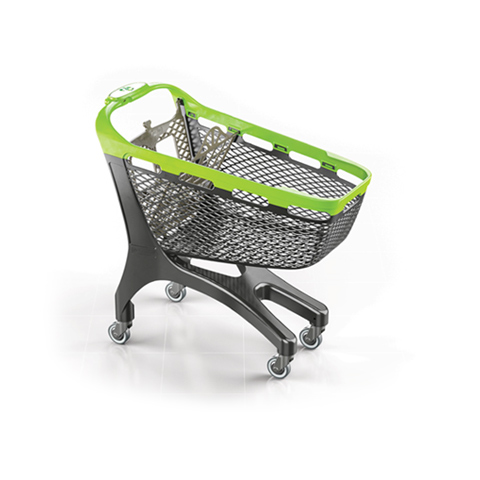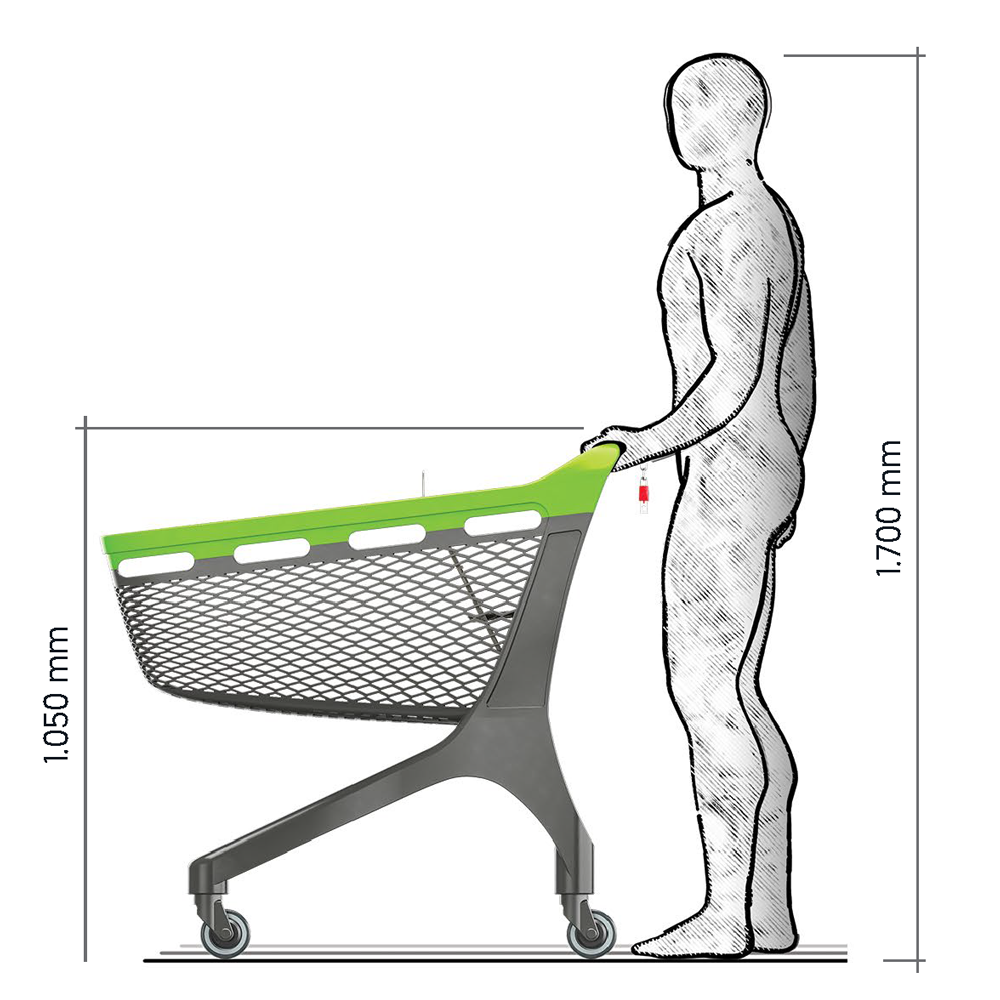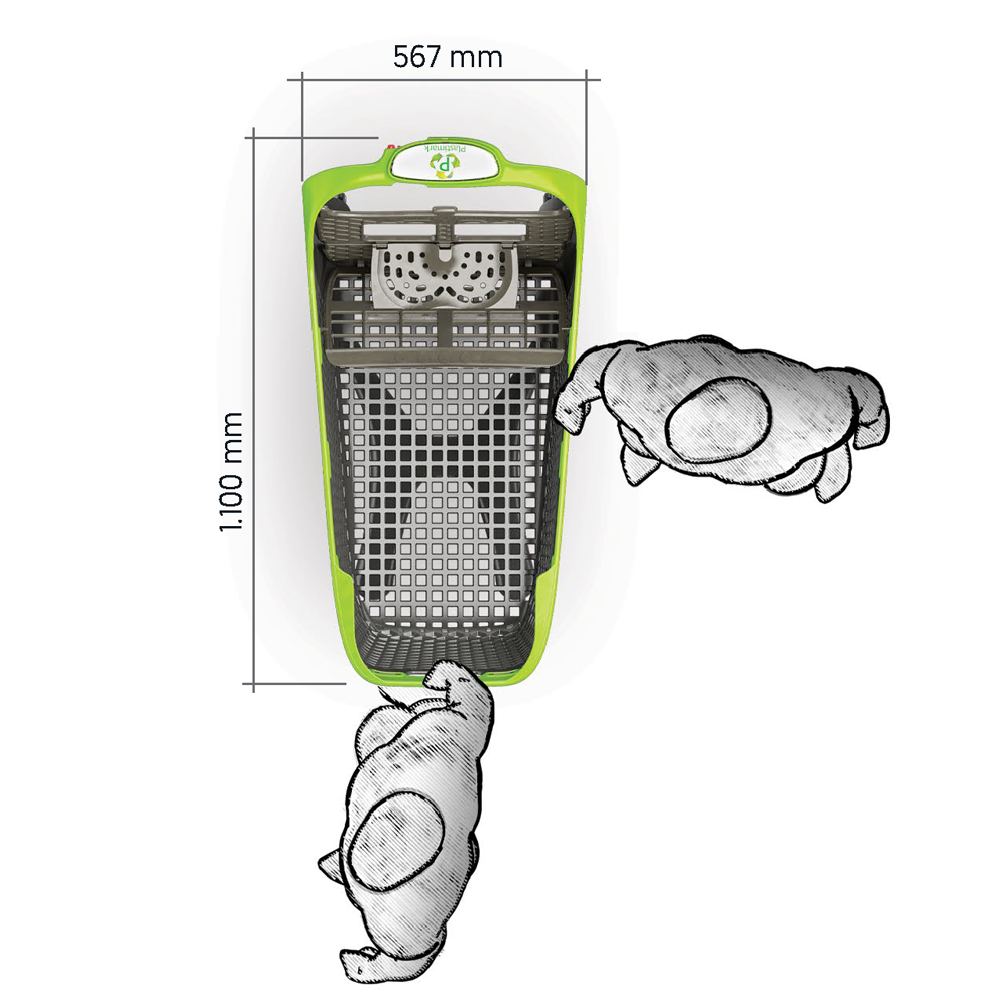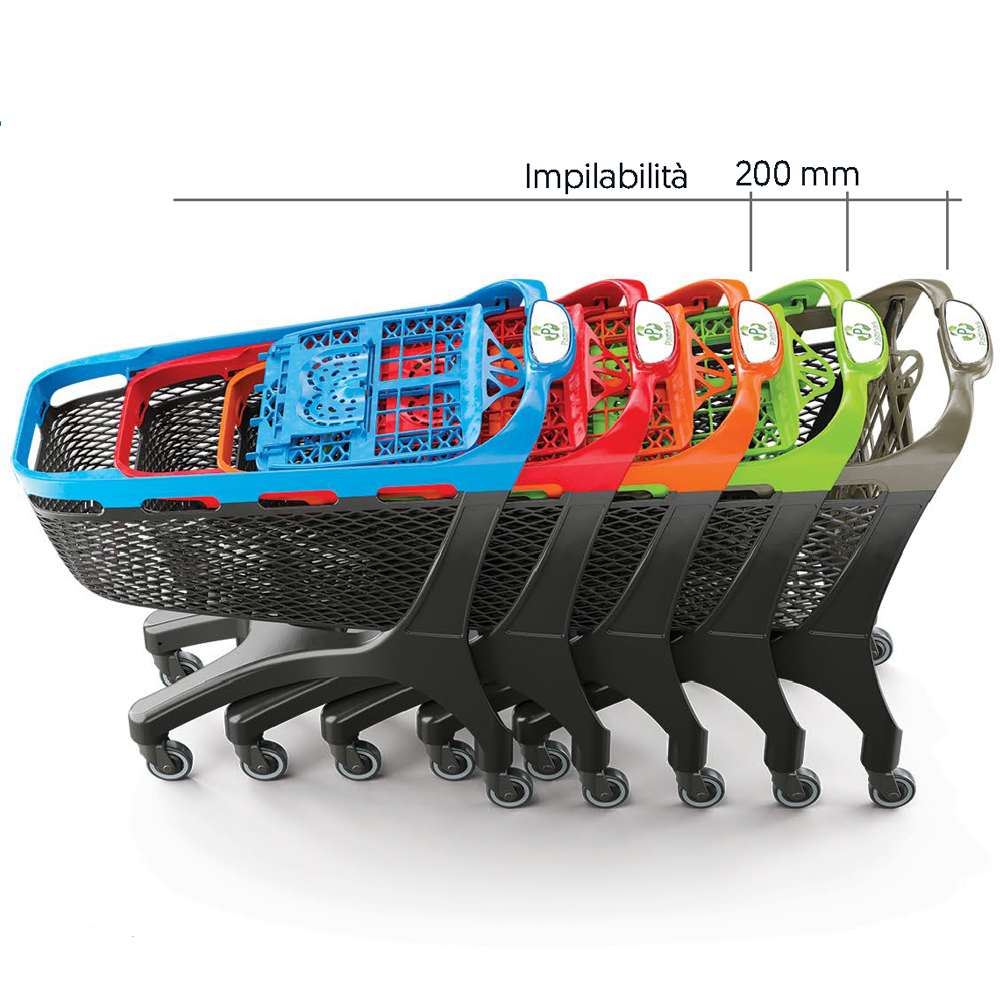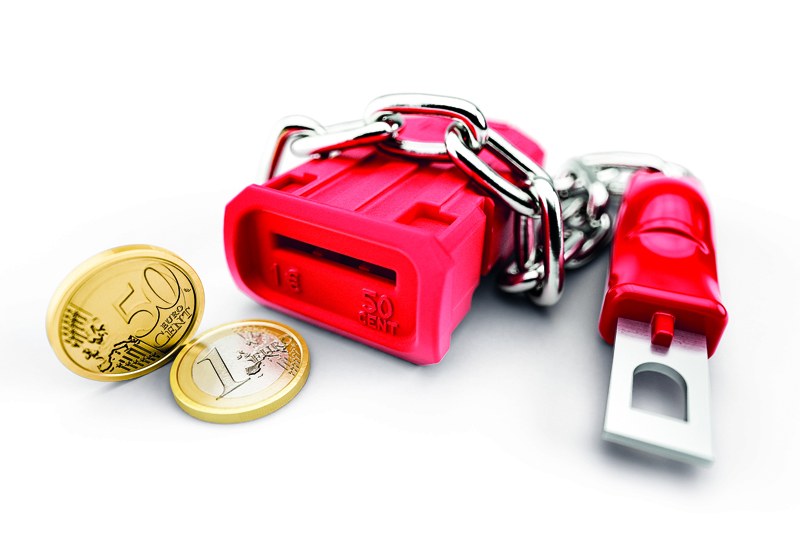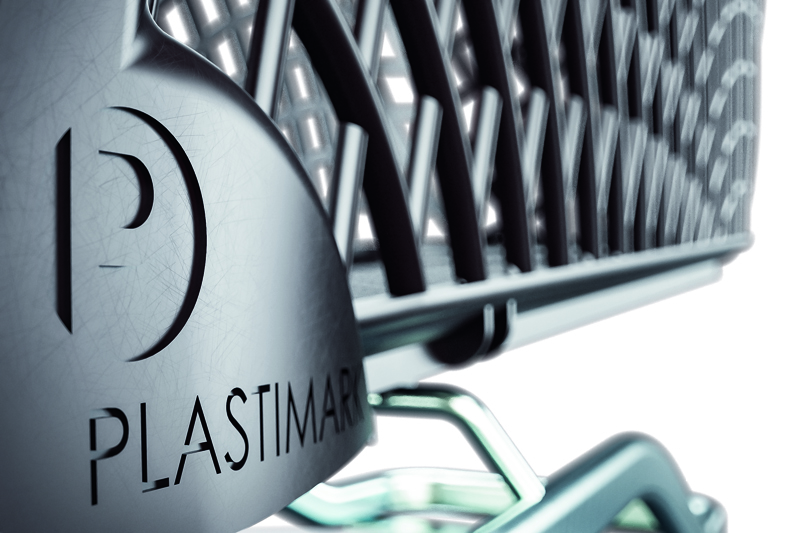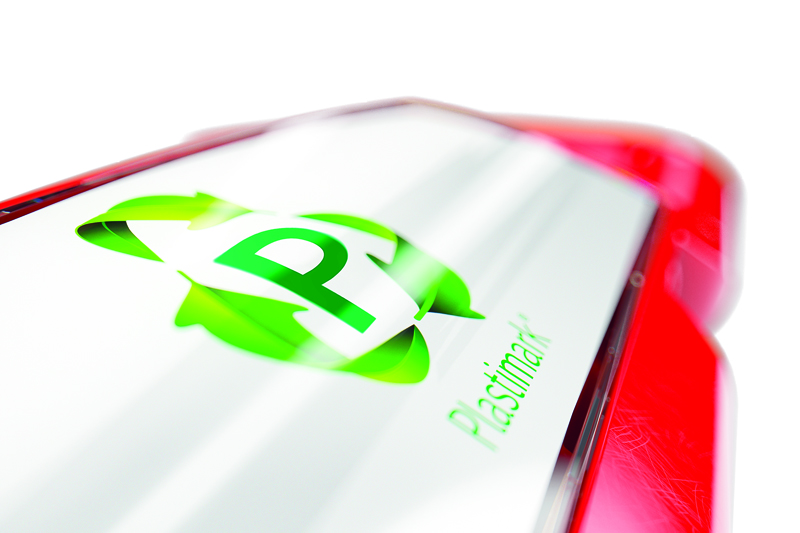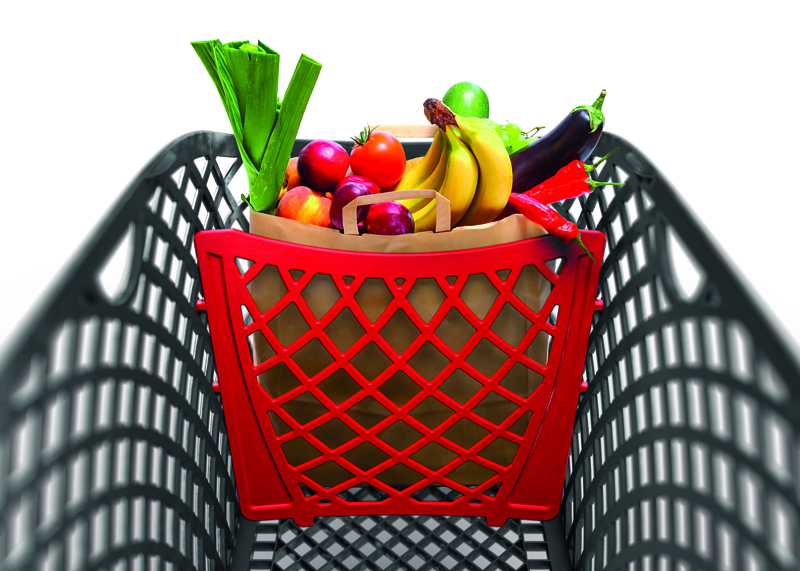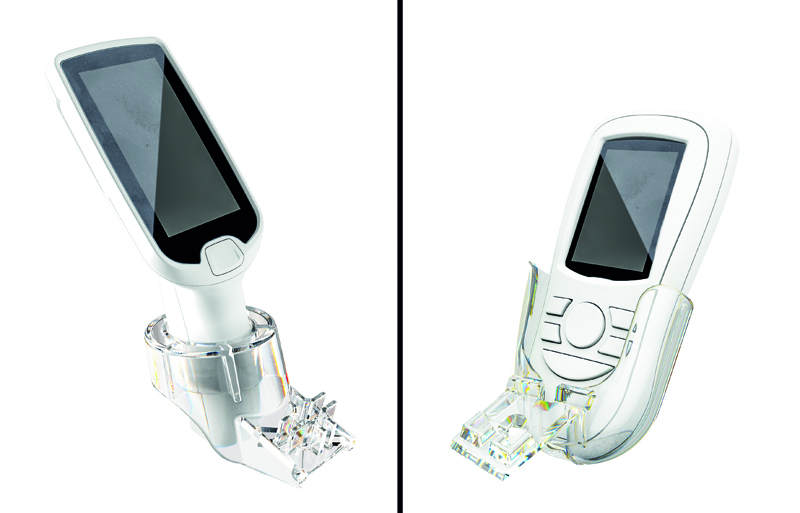Roomy 160 lt
Designed for medium-sized surfaces, it keeps the distinctive features of the “MONOBLOCCO” range: design, innovation and comfort.
Its strengths remain its extreme handling and the wide availability of accessories.
Characteristics
Capacity: 160 lt
Width: 567 mm
Height: 1.050 mm
Depth: 1.088 mm
Nesting capacity: 200 mm
Weight: 17 kg
Colours
Body
● RAL 7043
Baby seat
● RAL 7023
● RAL 7043
Handle
● RAL 7023
● RAL 1019
● RAL 5015
● P 375C
● RAL 3020
● RAL 2008
Customisable in any colour on customer request

Accessories
Wheels
1. LC Ø 100
2. LC Ø 125
3. LC travelator Ø125
4. Premium Ø 100
5. Premium Ø 125
6. Premium travelator Ø 125
10. LC with brake Ø 100
Load
1 truck
no. 504 items
1 x 20’ containers
no. 200 items
1 x 40’ containers
no. 440 items




your trolley
Fill out the form to download the product details
